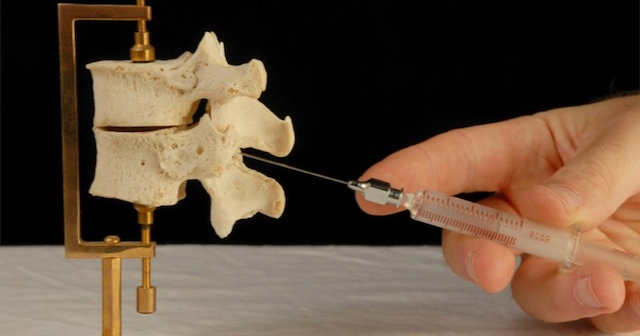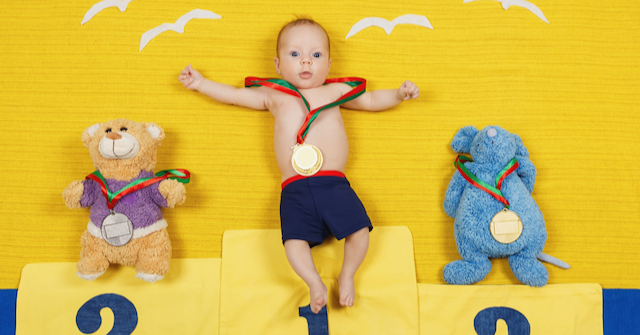WHY ARE WE ARE PUTTING BABIES TO SLEEP ON THEIR BACKS? THE HONG KONG STUDIES In 1985 after retrospectively investigating only 15 deaths, researchers concluded that that Hong Kong had a much lower rate of unexplained infant deaths than that of Western countries. They cited a low incidence of preterm birth in Hong Kong (a known risk factor for unexplained infant death) and two significant differences in infant sleep environments
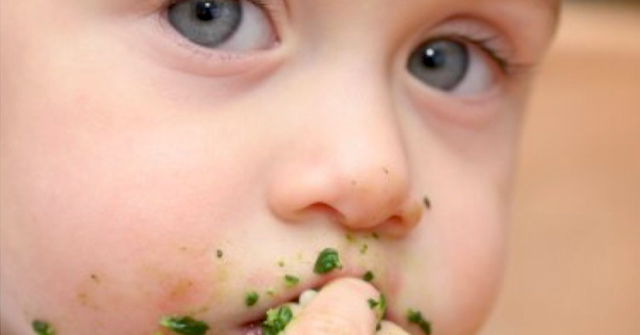
Eat
By Carol Gray, LMT, CST, RPYT, ERYT-200 Parents ask me about solid food introduction all the time. Here’s my take on it. Babies Need Iron Babies store iron in their bodies while they gestate. Milk has next to no iron in it. At some point after birth, babies’ iron stores begin to diminish. This is often when they show signs of interest in iron-rich solid food. Hopefully, this occurs around

Things We Do (After Birth) to Prevent Babies From Moving
By Carol Gray, LMT, CST, RPYT, ERYT-200 I can’t leave The Stuck Baby Series without describing baby immobilization and container lifestyle. In this article I outline the most significant ways in which we prevent our babies from moving after they are born. It seems like the perfect preparation for a sedentary life in a recliner in front of a screen. Developmental delays are on the rise. It’s estimated that 15%
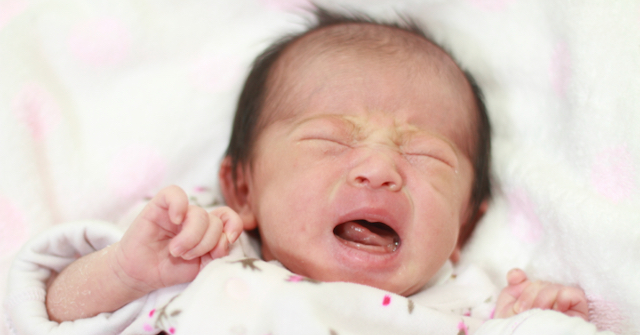
How Fetal Constraint Affects Babies: Things We Notice After Birth
By Carol Gray, LMT, CST, RPYT, ERYT-200 This is part six of the six-part Stuck Baby Series. In part one, My Baby Dropped!, I explain why engagement is pathology. In part two, Why Did My Baby Get Stuck?, I describe the maternal factors that cause babies to get stuck. Part three is Fetal Factors: How Babies Get Themselves Stuck. Part four explores Fetal Constraint: How Culture Immobilizes Babies. Last week,

How Fetal Constraint Affects Labor and Birth
By Carol Gray, LMT, CST, RPYT, ERYT-200 This is part five of a six-part series. In part one, My Baby Dropped!, I explain why engagement is pathology. In part two, Why Did My Baby Get Stuck?, I explore the maternal factors that cause babies to get stuck. Part three is called Fetal Factors: How Babies Get Themselves Stuck. Last week I wrote Fetal Constraint: How Culture Immobilizes Babies. Today’s post

Fetal Constraint: How Culture Immobilizes Babies
By Carol Gray, LMT, CST, RPYT, ERYT-200 This is the fourth installment of the stuck baby series. Last week I described the fetal factors (ways babies get themselves stuck). The week before I discussed maternal factors. Three weeks ago I covered engagement and explained why it’s pathology. Next week I’ll go over how fetal constraint affects labor and birth. Stay tuned! Today I’m going to discuss cultural factors that reduce



